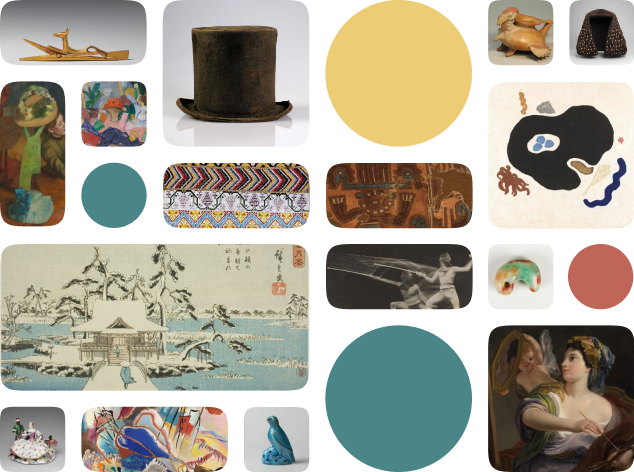Drum
Creator Name
--
Cultural Context
--
Date
Source
About the Work
Brooklyn Museum Object Description
Hollow bronze drum, with narrow waist and large open circular ends. The piece is undecorated except for three concentric bands of repeated triangles alternating with incised lines at one end. Mottled green patination. Condition: Very good This waisted drum is one of the earliest examples of musical instruments from the eastern Eurasian steppes in northeast China. The decorated end was originally covered with a membrane of thin animal skin that served as a resonator. Compare the geometric decoration of the steppes with the coiled-serpent pattern on the "Tripod Food Vessel" from central China to the right (69.164.14) and the design of a heraldic bird and two flanking tigers on the "Bell" from southwest China to the left (2003.3.1). (Gallery Chat ...
Work details
"--" = no data available
Title
Creator
--
Worktype
Cultural Context
--
Material
Dimensions
Technique
--
Language
--
Date
Provenance
Style Period
--
Rights
Inscription
--
Location
Source
Subjects
--
Topic
--
Related Content
--
All Works in Curationist’s archives can be reproduced and used freely. How to attribute this Work:
Drum, 7th century B.C.E., Brooklyn Museum. Creative Commons-BY.
Help us improve this content!
Let our archivists know if you have something to add.
Save this work.
Start an account to add this work to your personal curated collection.
